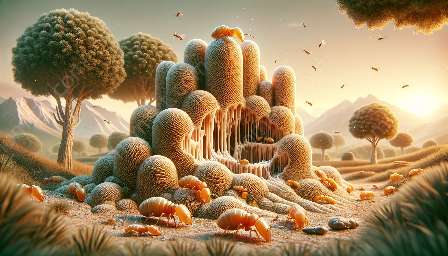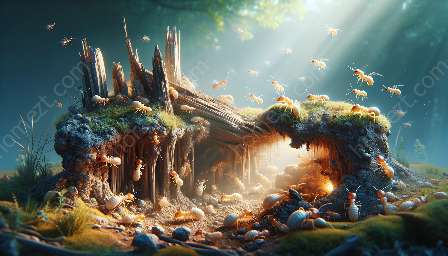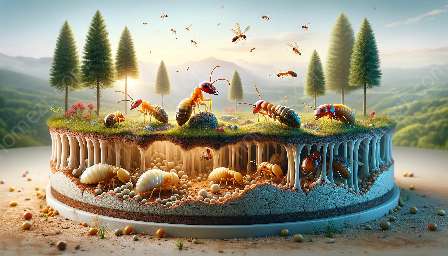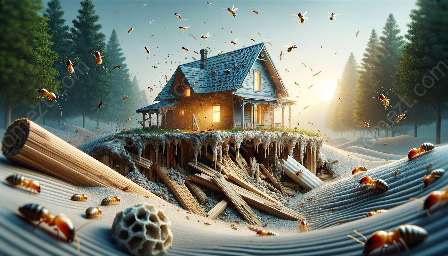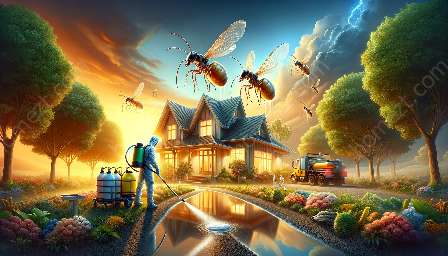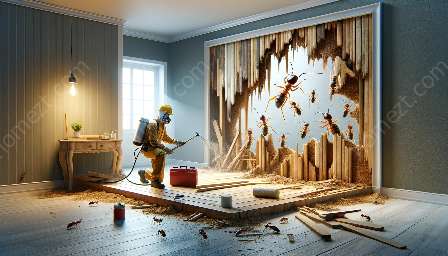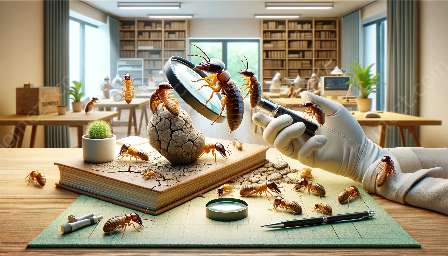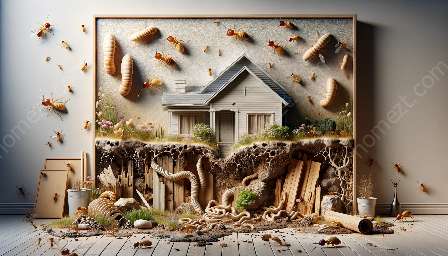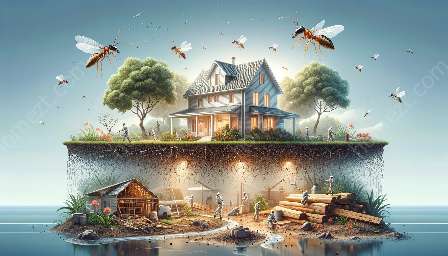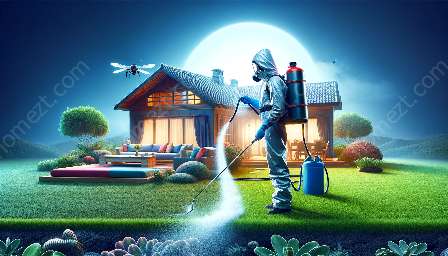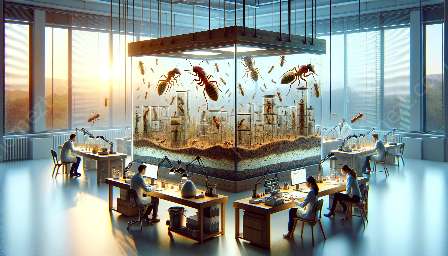Termites are notorious for causing significant damage to homes, leading to the deterioration of structures and potential financial losses. In this comprehensive guide, we will explore the impact of termite damage, the biology of termites, and effective pest control measures to mitigate infestations. Understanding these topics is crucial for homeowners and property managers to safeguard their investments and maintain structural integrity.
The Impact of Termite Damage
Termites are known for their insidious ability to compromise the structural integrity of buildings and homes. These destructive pests feed on cellulose, present in wood, paper, and other organic materials, making them a significant threat to any structure built with these materials. The damage caused by termites can lead to extensive structural issues, including weakened support beams, flooring, and even walls. Additionally, termite damage often goes unnoticed until significant harm has occurred, making prevention and early detection crucial.
Termites have the capacity to cause extensive harm due to their relentless feeding habits and colony sizes, which can number in the millions. As they feed on wood, termites create intricate tunnel systems that weaken the structural components of a building over time. The damage can be expensive to repair and may compromise the safety of the occupants.
The Biology of Termites
Understanding the biology of termites is essential for effective pest control and prevention. Termites live in colonies, where individual castes perform specific roles. The worker termites are responsible for foraging and feeding the colony, while the reproductive termites are tasked with creating new colonies. Understanding the life cycle and behavior of termites enables homeowners to identify the signs of infestation and potential damage.
Termites thrive in environments with high moisture and access to cellulose-based materials. It is important to be aware of the different species of termites, such as subterranean, drywood, and dampwood termites, as their behaviors and preferences may vary. By understanding their biology, homeowners can implement targeted strategies to prevent infestations and minimize termite damage.
Effective Pest Control Measures
Pest control is crucial for preventing and managing termite infestations. Regular inspections by professional pest control services can identify early signs of termite activity and potential damage. Treatment options such as soil treatments, baiting systems, and physical barriers can be employed to protect homes from termites.
Furthermore, implementing preventive measures such as maintaining proper ventilation and reducing moisture levels in and around the home can deter termite infestations. Ensuring that wooden structures are treated with appropriate chemicals and are not in direct contact with soil can also contribute to termite prevention efforts.
Early detection of termite activity and prompt action can significantly reduce the risk of extensive damage and costly repairs. Educating homeowners about the importance of regular inspections and proactive pest management is essential for preserving the integrity of their properties.
Conclusion
Termite damage poses a serious threat to the structural stability of homes and buildings. By understanding the impact of termite damage, the biology of termites, and effective pest control measures, homeowners can take proactive steps to protect their properties. Through awareness, regular inspections, and targeted pest control strategies, the detrimental effects of termite damage can be minimized, ultimately preserving the structural integrity of buildings and ensuring a safe living environment for occupants.

